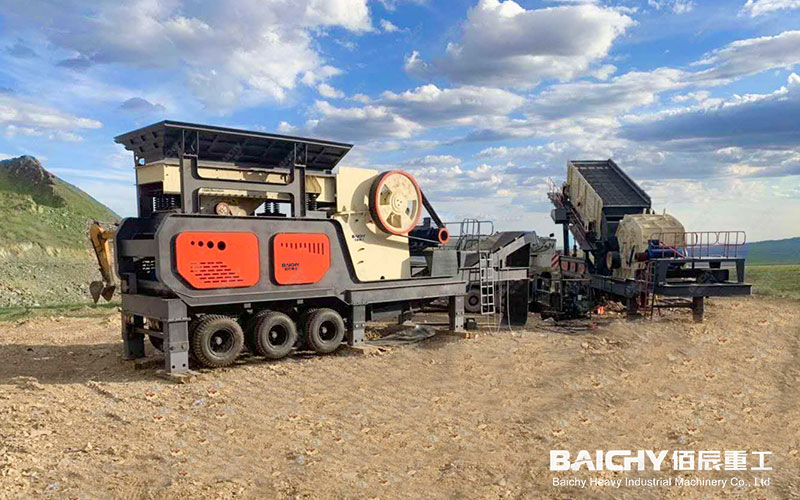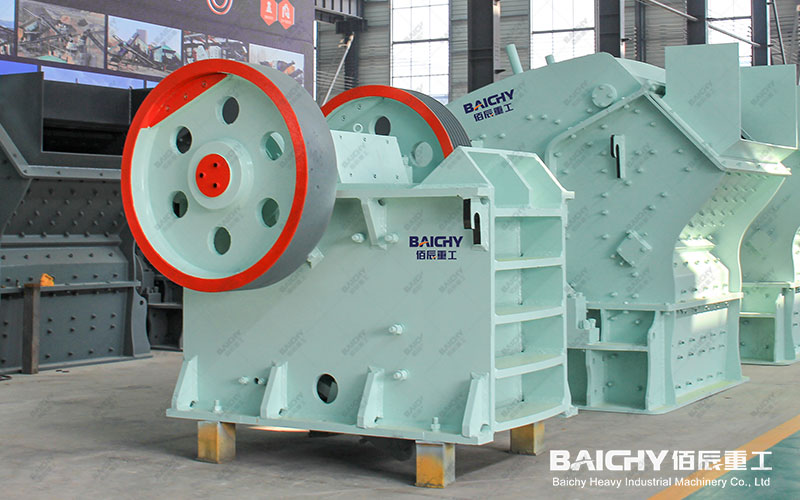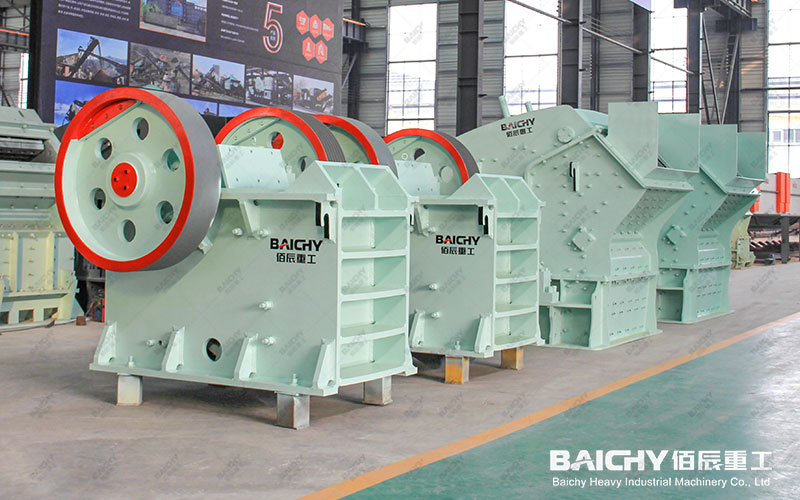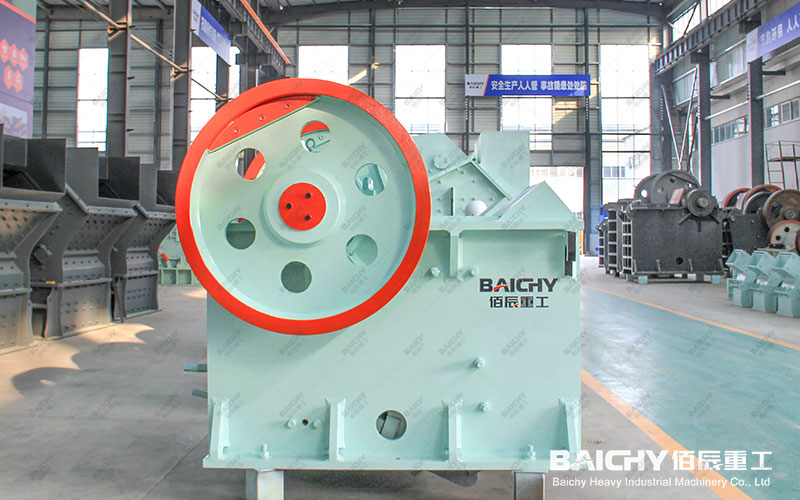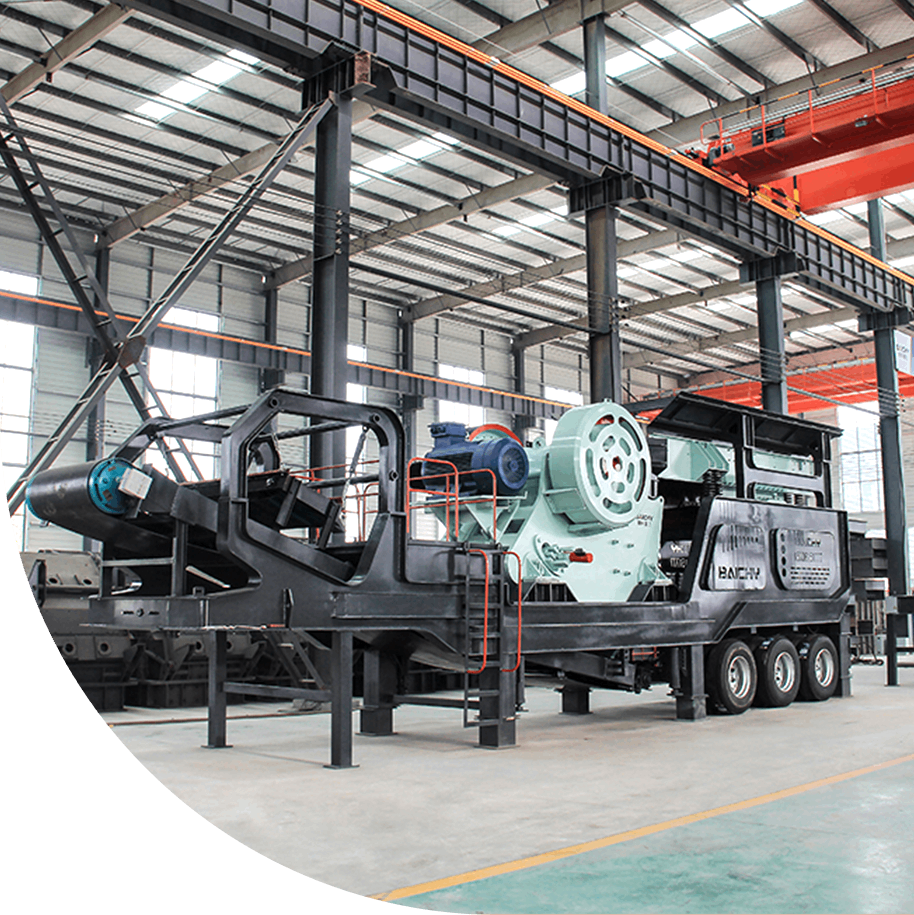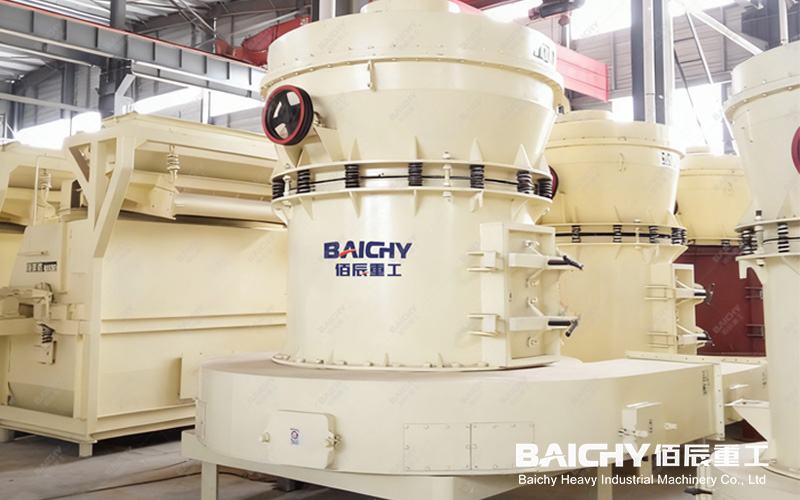
In the field of ore pulverization, Raymond mills are highly favored for their stable and efficient performance. Whether used in cement, metallurgy, chemicals, or non-metallic mineral processing, the fineness of the material (mesh number) is a core indicator of production quality. Therefore, two key questions are often raised by users: What is the finest mesh size a Raymond mill can grind to? And is the fineness adjustment convenient? This article will provide in-depth answers.
1. Exploring the Limits: What is the finest mesh size a Raymond mill can grind to?
"Mesh" is a unit of measurement for powder particle size; higher mesh numbers represent finer powders. The final grinding fineness of a Raymond mill depends on the combined effect of multiple factors.
• Conventional Fineness Range: Traditional Raymond mill models typically produce finished product fineness between 80 and 325 mesh (approximately 180 μm to 45 μm). This is a very versatile and efficient range that can meet the needs of most industrial pulverizing operations. • Extreme Fineness Challenges: Using high-performance analyzers and strict process parameters, some modified Raymond mills can achieve finenesses of 400 to 600 mesh (approximately 38μm to 23μm). However, it's important to understand the following:
◦ The balance between output and fineness: Pursuing extremely fine mesh sizes typically means a corresponding decrease in output per unit time.
◦ Influence of Material Properties: Material properties such as hardness, moisture, and oil content significantly affect the ultimate achievable fineness. For hard or fibrous materials, grinding to 600 mesh can be extremely difficult and uneconomical.
◦ Equipment Wear: Grinding extremely fine powders accelerates the wear of consumable parts such as the rollers and rings.
Conclusion: While 400-600 mesh can be achieved through optimization, 325 mesh is generally considered the upper limit for stable and economical Raymond mill production. If your project requires ultrafine powders above 800 mesh or even 1000 mesh, you may need to consider specialized equipment such as a vertical mill or airflow mill.
II. Core Operation: Is the Raymond Mill's Fineness Adjustment Easy?
The answer is: Very convenient. This is one of the Raymond Mill's core advantages.
The Raymond Mill primarily controls the fineness of the finished product by adjusting the speed of the analyzer. This process allows for infinitely variable adjustment without requiring downtime, making operation simple and quick.
Adjustment Principle and Procedure:
1. Core Components: The analyzer acts like a precision "sifter," consisting of a rotor and blades. It rotates at high speed to generate centrifugal force.
2. Adjustment Method: Use the speed control device (such as a frequency converter) on the equipment control cabinet to change the analyzer speed.
◦ For finer powder (higher mesh size): Increase the analyzer speed. The faster the speed, the stronger the centrifugal force generated by the analyzer. Only finer particles can overcome this centrifugal force and be carried away by the airflow, while coarse particles are thrown back into the grinding chamber for further grinding.
◦ For coarser powder (lower mesh size): Decrease the analyzer speed. Slower speeds reduce centrifugal force, allowing coarser particles to be carried away by the airflow, resulting in a coarser final product.
Adjustment Process Schematic:
Declare desired fineness → Adjust analyzer speed in the control cabinet → Take samples for testing after a brief run → Fine-tune speed to desired fineness
Convenience:
• No downtime: The entire adjustment process is completed online, without disrupting production continuity.
• Fast response: After adjusting the speed, changes in the finished product fineness are typically visible within minutes.
• Precise Control: Modern Raymond mills typically use variable frequency control, which enables precise and smooth speed adjustment and very stable fineness control.
In addition to analyzer speed, air volume also has a secondary influence on fineness. Increasing air volume may result in a coarser product, while reducing it may help improve fineness, but analyzer speed remains the primary control measure.
In summary, the Raymond mill offers highly flexible fineness adjustment. Its minimum grinding capacity typically meets 325 mesh requirements, and under optimized conditions, it can reach around 600 mesh. Its greatest advantage is that the fineness of the finished product can be easily and precisely controlled by adjusting the analyzer speed. Its simple operation and quick response make it well suited to production scenarios with varying materials and fineness requirements.
When selecting and using this equipment, we recommend thorough consultation with the equipment supplier based on your specific material characteristics and production requirements, conducting necessary trial grinding experiments to determine the optimal fineness parameters and equipment configuration for efficient and economical production.




